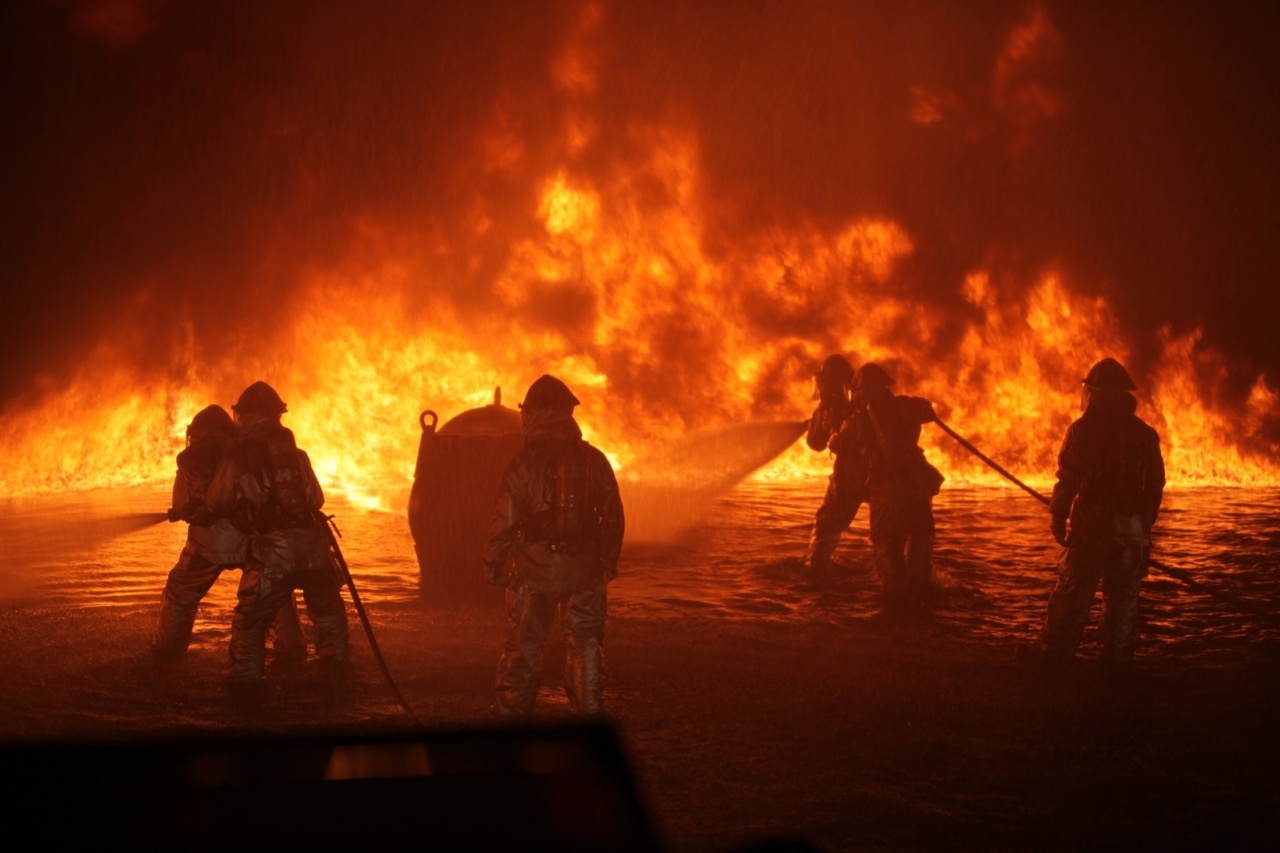Sun tanning is a popular activity among people who want to achieve a perfect sun-kissed glow. Unfortunately, excessive exposure to UV radiation can cause skin damage, skin cancer, and other health problems.
That’s why some people turn to solariums or tanning beds, which emit UV radiation in a controlled environment. However, a recent report from Consumer Protection reveals that many solariums are dangerous and violate safety standards.
What are Solariums?
Solariums, also known as tanning beds or sunbeds, use artificial UV radiation to darken the skin.
They mimic the natural sunlight by emitting UVA and UVB rays, which penetrate the skin and stimulate the production of melanin, the pigment that gives the skin its color. Solariums are popular among people who want to get a tan quickly, avoid the risks of outdoor tanning, or treat skin diseases like psoriasis.
Solariums come in different types and strengths, but they all work by exposing the skin to UV radiation. The beds usually have lamps that emit UV rays, and the user lies down on a Plexiglass surface.
The user can adjust the settings of the bed to regulate the intensity and duration of the UV exposure. Some solariums also have fans to cool down the skin and speakers to play music.
Why are Solariums Dangerous?
Solariums are dangerous because they expose the skin to high levels of UV radiation, which can cause damage to the DNA, the cells, and the tissues.
The UV radiation can also suppress the immune system, increase the risk of skin cancer, and cause premature aging of the skin. According to the World Health Organization (WHO), the use of solariums is a known carcinogen, meaning it can cause cancer.
The risks of solariums depend on the type and strength of the UV radiation, the frequency and duration of the exposure, and the skin type and sensitivity of the user.
People with fair skin, freckles, moles, or a history of sunburn are more vulnerable to the harmful effects of UV radiation.
However, even people with darker skin or no history of skin problems can suffer from the dangers of solariums.
A study by the US Centers for Disease Control and Prevention (CDC) found that indoor tanning was associated with an increased risk of melanoma, the deadliest form of skin cancer, regardless of skin type or age.
What do Safety Standards say about Solariums?
Safety standards regulate the use of solariums to protect consumers from the risks of UV radiation.
In the United States, the Food and Drug Administration (FDA) classifies solariums as Class II medical devices, which means they are subject to regulation and oversight. The FDA requires solariums to have warning labels, limit the UV output to specific levels, and provide eye protection to the user.
In Europe, the European Commission regulates the use of solariums through the Directive 2006/95/EC on low-voltage electrical equipment and the Directive 2004/40/EC on electromagnetic fields.
The Commission requires solariums to have CE marking, comply with the safety standards of the International Electrotechnical Commission (IEC), and provide eye protection and information to the user.
The International Commission on Non-Ionizing Radiation Protection (ICNIRP) also issues guidelines on the exposure to electromagnetic fields and UV radiation.
The ICNIRP recommends a limit of 0.3 W/m² for the UV radiation emitted by solariums, to avoid skin damage and cancer.
What did the Report from Consumer Protection Find?
The report from Consumer Protection found that many solariums in the United States and Europe violate safety standards and expose consumers to dangerous levels of UV radiation.
The report analyzed the compliance of solariums with the FDA and CE requirements, as well as the ICNIRP guidelines.
The report found that around 70% of the solariums surveyed in the United States did not comply with the FDA requirements for warning labels, UV output, and eye protection.
Some solariums had no warning labels at all, while others had vague or misleading warnings that did not explain the risks of UV radiation. Many solariums also exceeded the UV output limits, which can cause severe skin damage and increase the risk of skin cancer. Some solariums also provided inadequate or no eye protection, which can lead to eye damage and vision problems.
The report also found that around 60% of the solariums surveyed in Europe did not comply with the CE requirements for CE marking, IEC safety standards, and user information.
Some solariums had no CE marking at all, while others had forged or expired CE certificates. Many solariums did not comply with the IEC safety standards, such as the limit of UV output and the requirement of eye protection, which can expose users to dangerous levels of UV radiation.
Some solariums also provided incomplete or inaccurate user information, which can mislead consumers about the risks of UV radiation.
What are the Consequences of Using Dangerous Solariums?
The consequences of using dangerous solariums can be severe and long-lasting. The immediate effects of UV radiation on the skin can include sunburn, itching, redness, and peeling.
The long-term effects of UV radiation can include premature aging, wrinkles, sagging, and dark spots. UV radiation can also damage the DNA of the skin cells, which can cause mutations and lead to skin cancer. The risk of skin cancer from solariums increases with the frequency and duration of the exposure, as well as the intensity of the UV radiation.
Other health problems associated with solariums can include eye damage, vision problems, and immune suppression. UV radiation can damage the cornea, lens, and retina of the eyes, which can cause cataracts, macular degeneration, and blindness.
UV radiation can also suppress the immune system, which can reduce the ability of the body to fight infections and diseases.
What are the Alternatives to Solariums?
The best alternative to solariums is to avoid UV radiation altogether.
The safest way to get a tan is to use self-tanning products, which contain dihydroxyacetone (DHA), a colorless chemical that reacts with the amino acids in the skin to produce a temporary brown color. Self-tanning products do not involve UV radiation and do not pose any health risks, as long as they are used according to the instructions and precautions.
Another alternative to solariums is to get a natural tan from the sun, but in a safe and responsible way.
People can protect themselves from the harmful effects of UV radiation by wearing sunscreen with a high SPF, avoiding the sun during peak hours, wearing protective clothing and hats, and seeking shade when possible. People can also monitor their skin for changes and consult a dermatologist if they notice any moles, spots, or lesions.
Conclusion
The report from Consumer Protection highlights the dangers of solariums and the need for stricter regulations and enforcement.
Solariums can pose serious health risks to consumers if they do not comply with safety standards and provide accurate information and warnings. Consumers should be aware of the risks of UV radiation and choose safer and healthier alternatives to achieve a sun-kissed glow.


























